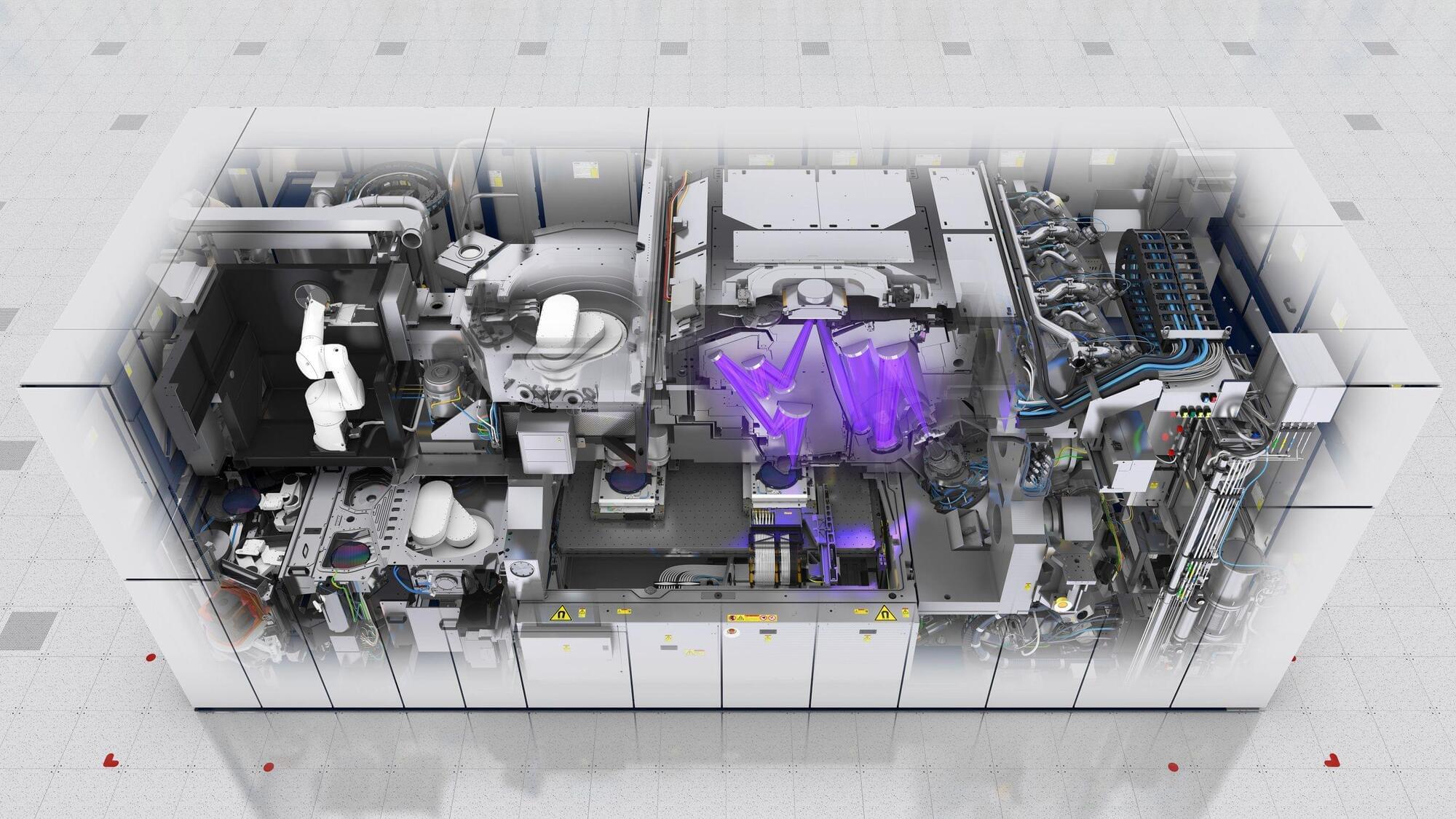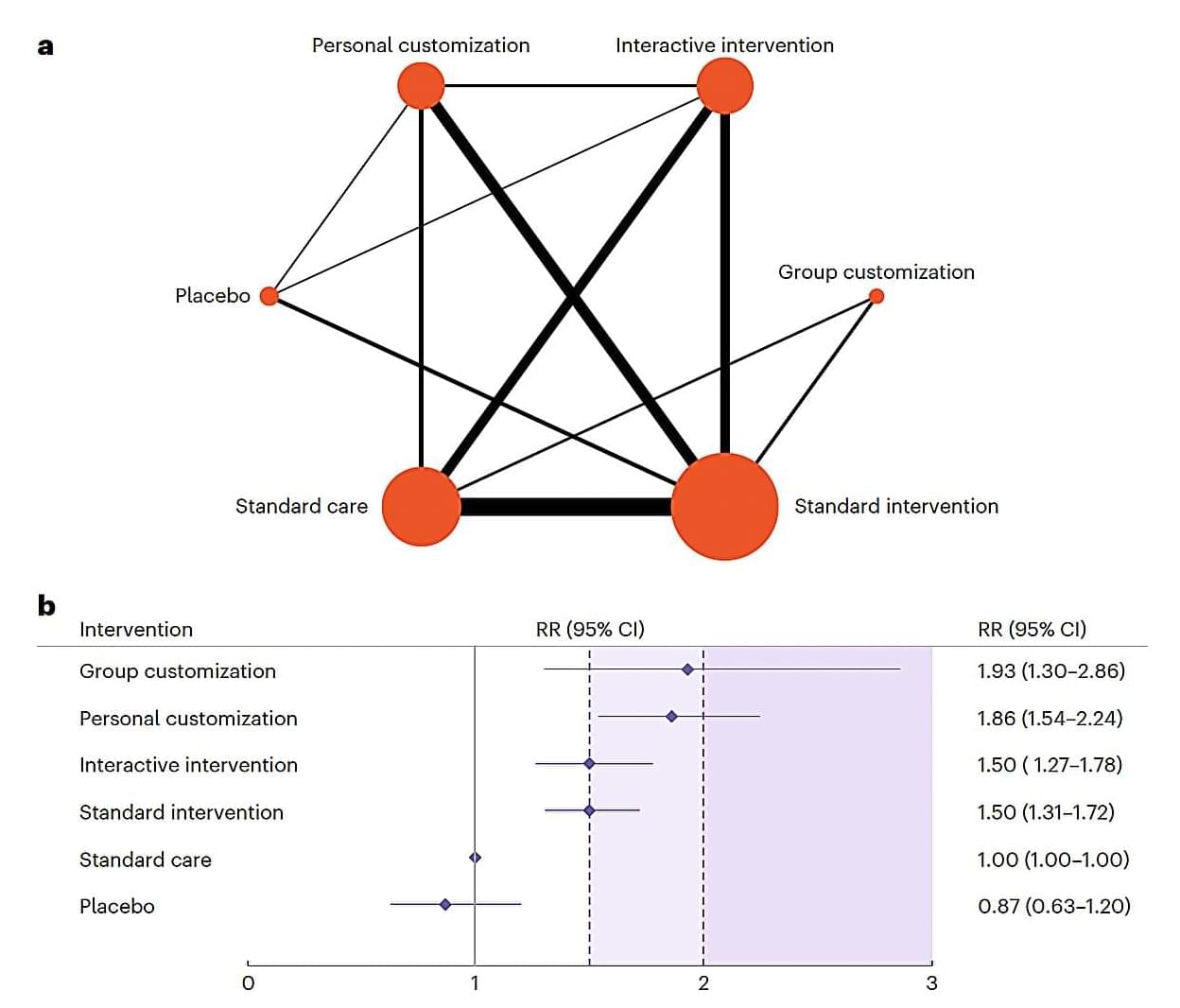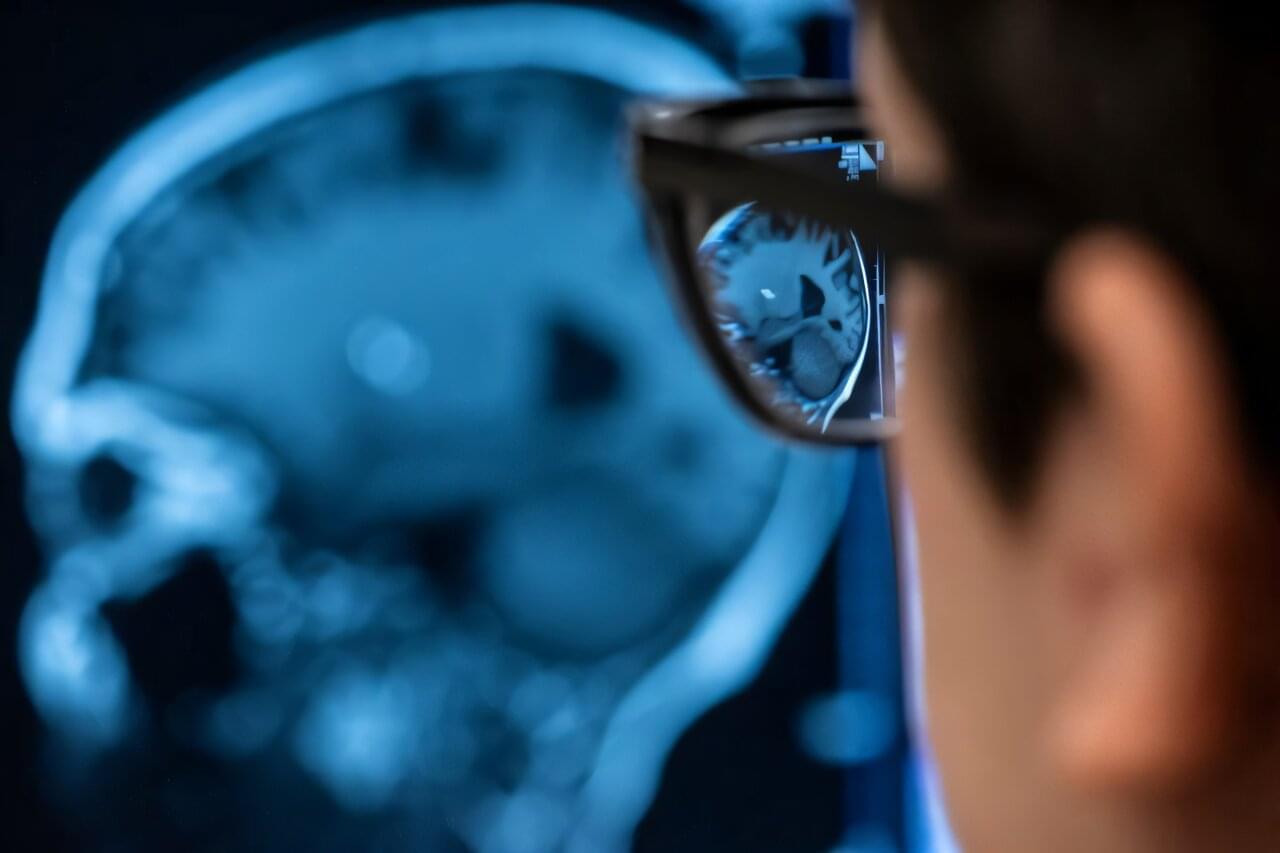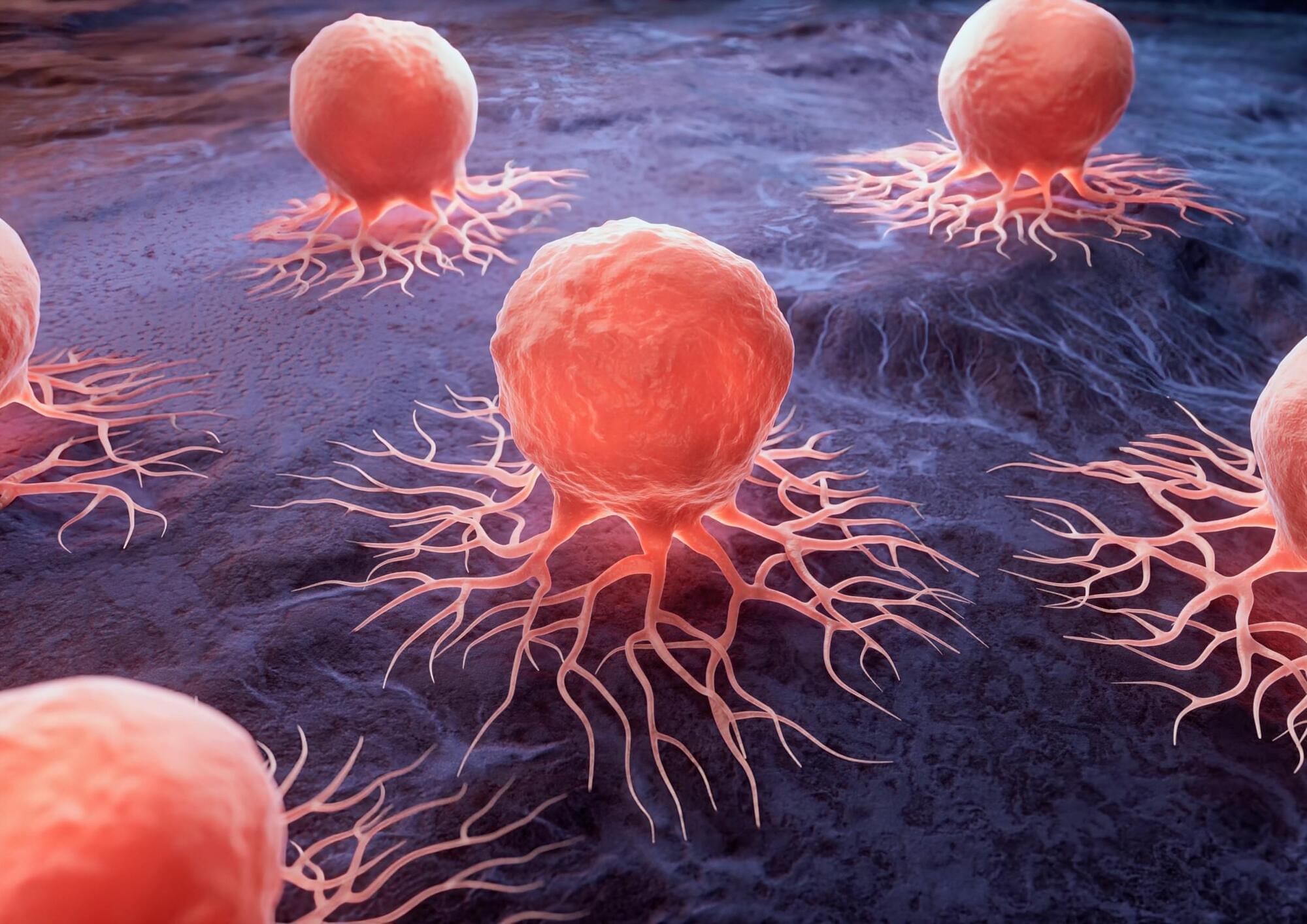Scientists have developed a brain-inspired semiconductor that can adjust its responses based on experience, much like human neurons do through “intrinsic plasticity.”



In a discovery that bridges a century of physics, scientists have observed a phenomenon, once thought to be the domain of inorganic metal oxides, thriving within a glowing organic semiconductor molecule. This work, led by the University of Cambridge, reveals a powerful new mechanism for harvesting light and turning it into electricity. This could redefine the future of solar energy and electronics, and lead to lighter, cheaper, and simpler solar panels made from a single material.
The research focuses on a spin-radical organic semiconductor molecule called P3TTM. At its center sits a single, unpaired electron, giving it unique magnetic and electronic properties. This work arises from a collaboration between the synthetic chemistry team of Professor Hugo Bronstein in the Yusuf Hamied Department of Chemistry and the semiconductor physics team led by Professor Sir Richard Friend in the Department of Physics. They have developed this class of molecules to give very efficient luminescence, as exploited in organic LEDs.
However, the study, published in Nature Materials, reveals their hidden talent: When brought into close contact, their unpaired electrons interact in a manner strikingly similar to a Mott-Hubbard insulator.

TSMC is also exploring the possibility of applying similar dynamic energy control mechanisms to other lithography equipment, including DUV scanners, as well as additional modules outside the lithography sector.
While TSMC did not reveal what, exactly, its EUV Dynamic Energy Saving Program involves, that it is applicable to DUV systems and other machinery means that it does not exploit EUV-specific peculiarities. For example, the program could implement adaptive power scaling based on real-time operational status. If wafers are not queued for immediate processing, the EUV tool could intelligently pause or shift to a low-power state rather than continuously consume full power. Such an approach would require real-time data exchange across the cleanroom as well as optimizations on process/production flow levels (though, we are speculating).
TSMC has been increasing the power efficiency of its EUV fab tools — which are notorious for their power consumption — for years, now. In mid-2024, the company announced that it had though without disclosing what exactly had been done…


Researchers have found that giving AI “peers” in virtual reality (VR) a body that can interact with the virtual environment can help students learn programming. Specifically, the researchers found students were more willing to accept these “embodied” AI peers as partners, compared to voice-only AI, helping the students better engage with the learning experience.
“Using AI agents in a VR setting for teaching students programming is a relatively recent development, and this proof-of-concept study was meant to see what kinds of AI agents can help students learn better and work more effectively,” says Qiao Jin, corresponding author of a paper on the work and an assistant professor of computer science at North Carolina State University.
“Peer learning is widespread in the programming field, as it helps students engage in the learning process. For this work, we focused on ‘pAIr’ learning, where the programming peer is actually an AI agent. And the results suggest that embodying AI in the VR environment makes a real difference for pAIr learning.”

Smoking remains one of the most deleterious habits for human health, as it is known to increase the risk of several life-threatening diseases, including lung and throat cancers, heart disease and strokes. While most smokers are well aware of its associated health risks, ceasing this habit can be a very difficult process.
Moreover, conventional programs for smoking cessation, such as those based on psychotherapy or nicotine replacement therapy, are not financially or physically accessible for all individuals who wish to stop smoking. In recent years, behavioral scientists and psychologists have been working with engineers to create digital interventions that support people in their efforts to quit this unhealthy habit.
Researchers at Sichuan University in China have carried out a systematic review and meta-analysis of past research studies investigating the effectiveness of various digital interventions for smoking cessation. The results of their analyses, presented in a paper published in Nature Human Behavior, suggest that personalized and group-customized technology-based programs could be particularly beneficial for smokers who wish to quit, with middle-aged individuals responding better than younger populations.


A new study led by University of California, Irvine’s Center for the Neurobiology of Learning and Memory researchers found that aging changes the brain’s overall shape in measurable ways. Instead of focusing only on the size of specific regions, the team used a new analytic method to see how the brain’s form shifts and distorts over time.
The analysis revealed substantial alterations in brain shape, which were closely associated with declines in memory, reasoning and other cognitive functions. This suggests that the shape of the brain can serve as a reliable indicator of its overall health. The study appears in Nature Communications.
“Most studies of brain aging focus on how much tissue is lost in different regions,” said Niels Janssen, Ph.D., senior author and professor at Universidad de La Laguna in Spain and visiting faculty at the CNLM. “What we found is that the overall shape of the brain shifts in systematic ways, and those shifts are closely tied to whether someone shows cognitive impairment.”

